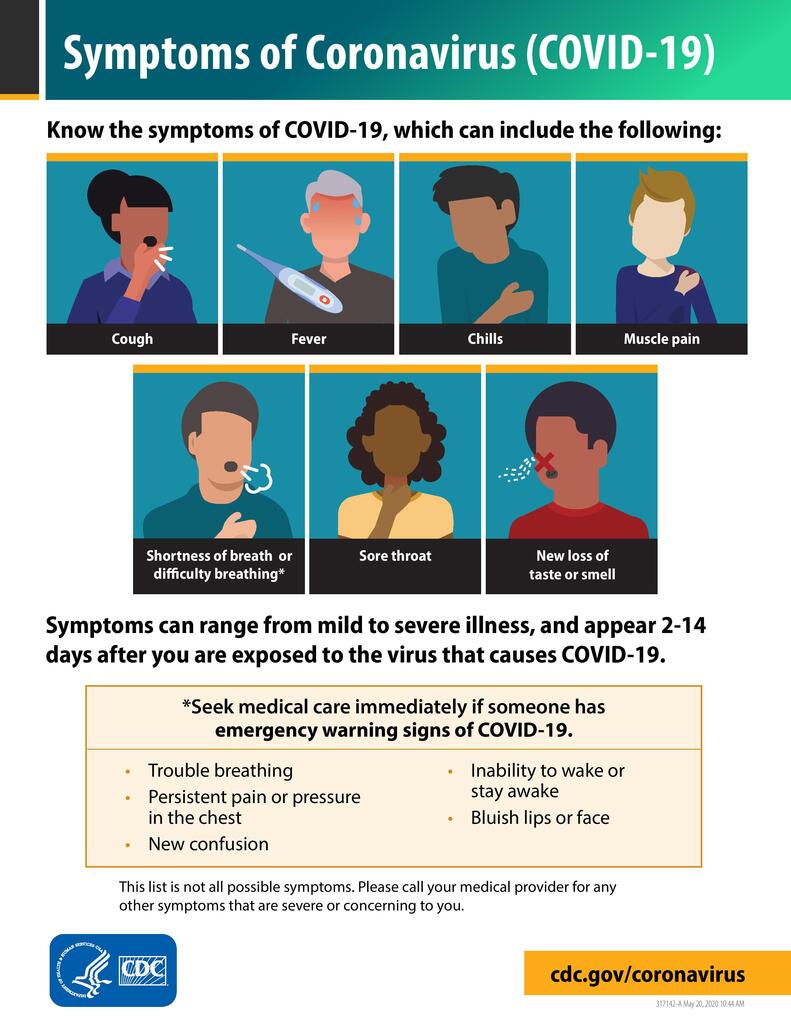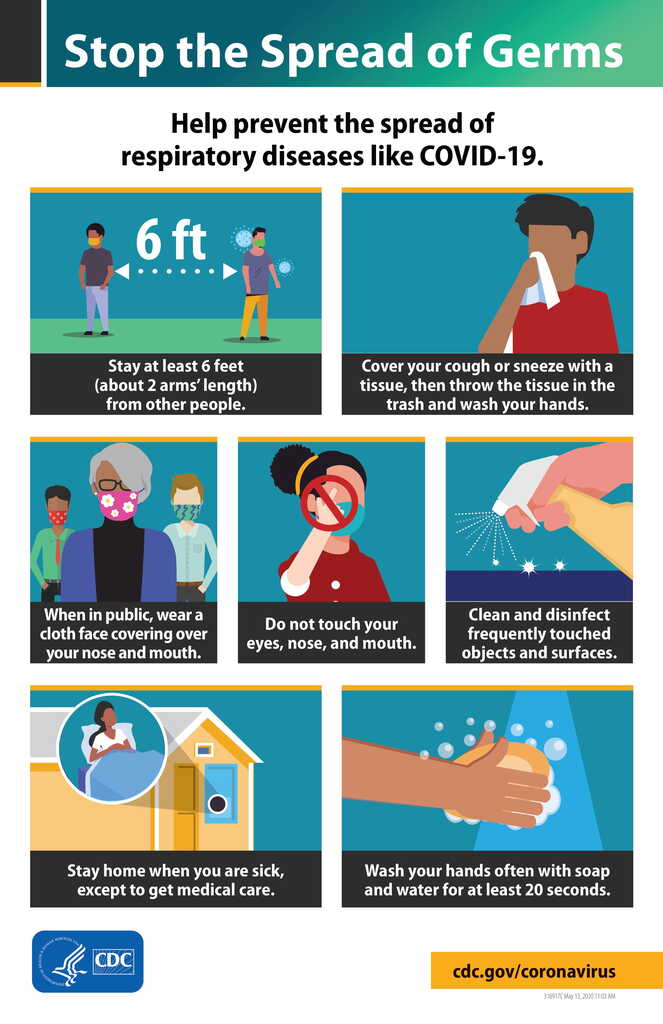Coronavirus Symptoms Guide

Coronavirus Symptoms Guide | America Homecare
With the country slowly reopening, it’s still very important to take precautions. Knowing the coronavirus symptoms can help protect yourself and others. It’s important to also continue to wear masks and keep six feet apart from others.
Here in this blog post, we cover the coronavirus symptoms from the CDC website. There is also a self-checker you can visit on their website here.
It’s important to know that ANYONE can experience mild symptoms and older adults and people who have severe underlying medical conditions like heart or lung disease or diabetes seem to be at higher risk for developing more serious complications from COVID-19 illness.
PLEASE NOTE: In the state of New York, you are required to wear a face mask when in public.
Coronavirus or COVID-19 is a newly discovered virus. Experts constantly learn more and more about it. At the moment, there is no vaccine. Taking proper steps to protect yourself and others can lower the spread significantly. This is not a complete list of symptoms and the CDC will add more as time goes on.
People who are at higher risk for COVID-19 include the following groups:
- 65+ year olds
- nursing home or LTC-facility communities
- people with chronic lung disease or moderate to severe asthma
- people with serious heart conditions
- those who are immunocompromised (cancer treatment, smoking, bone marrow or organ transplantation, immune deficiencies, poorly controlled HIV/AIDS, and prolonged use of corticosteroids and other immune weakening medications are some of the things that cause one to be immunocompromised)
- people with severe obesity (BMI of 40+)
- people with chronic kidney disease undergoing dialysis, liver disease, or diabetes
Other people who are at risk are pregnant people and people experiencing homelessness.
Watch for Symptoms
People with COVID-19 have had a wide range of symptoms reported. These vary from mild symptoms to severe illness.
Symptoms may appear 2-14 days after exposure to the virus. People with these symptoms may have COVID-19:
- Fever or chills
- Cough
- Shortness of breath or difficulty breathing
- Fatigue
- Muscle or body aches
- Headache
- New loss of taste or smell
- Sore throat
- Congestion or runny nose
- Nausea or vomiting
- Diarrhea
When to Seek Emergency Medical Attention
Look for emergency warning signs* for COVID-19. If someone is showing any of these signs, seek emergency medical care immediately.
- Trouble breathing
- Constant chest pain/pressure
- New confusion
- Inability to wake or stay awake
- Bluish lips or face
[*This list is not all possible symptoms. Please call your medical provider for any other symptoms that are severe or concerning to you.]
Call 911 or call ahead to your local emergency facility. Then, notify the operator that you are seeking care for someone who has or may have COVID-19.
Resource links:
To see previous posts we’ve covered with some helpful tips and information on the coronavirus (COVID-19), be sure to visit our category page or you can view this post with all the infographics for easy printing or reviewing.

Get care from someone you trust
Do you want to receive care from your
loved one while they are compensated
by Medicaid?

